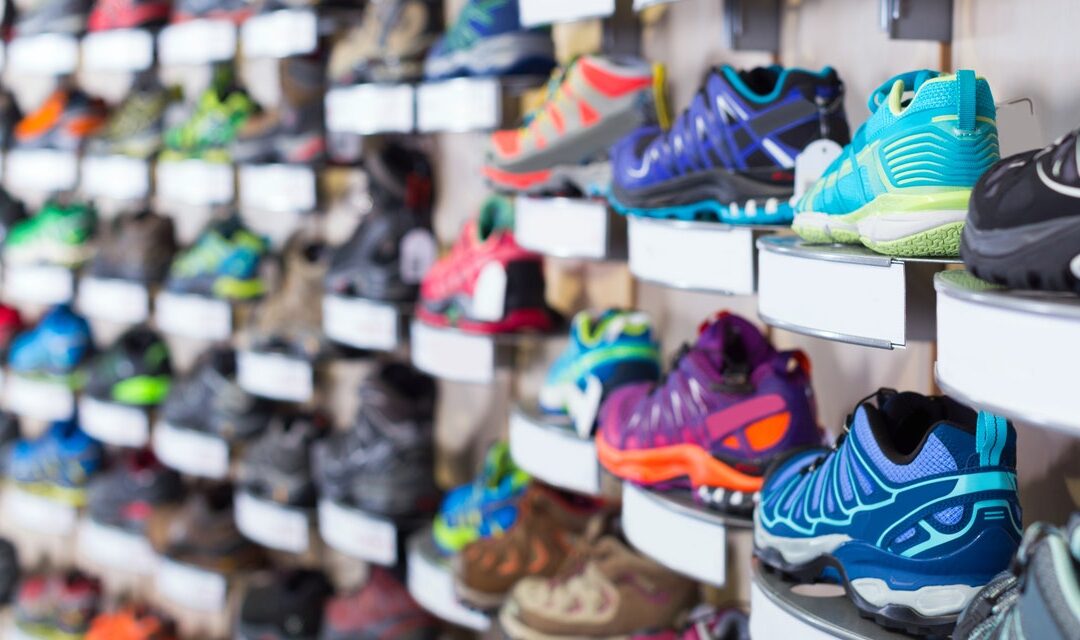Examples: Xero Shoes HFS II, Vibram V-Trail 2.0
Xero Shoes HFS II Lightweight Road Runner Shoes
On the opposite end of the spectrum sit these cushy, plush models, which came into favor as the controversy over minimalist shoes began brewing—and, thanks to the boom in popularity of the Hoka brand, are even seen as stylish off the run. They’re padded with plenty of foam in the midsole, creating either a soft or bouncy feel under your feet. Many also have a rocker-bottom sole, which means your foot and ankle do less of the work when you roll from heel to toe with each stride.
Important: More cushioning isn’t necessarily better. Your cadence, or the number of steps you take per minute, is likely to be lower in heavier shoes, Antush says. That, combined with the fact that you can’t sense the ground underneath you, may actually cause you to land more heavily, increasing the forces traveling through your feet and legs.
However, some runners will prefer a more pillowy experience, especially those who’ve had pain or other problems in the forefoot, Dr. Canzanese says. Older runners and heavier runners may fare well in maximalist models, as have those who’ve had ACL tears or joint replacements, Antush says.
Examples: Hoka Bondi 8, New Balance Fresh Foam X More v4
Hoka Bondi 8 Running Shoe
New Balance Fresh Foam X 1080v13
Most modern-day shoes fall into this category, somewhere between minimalist and maximalist, Dr. Canzanese says. Try several different brands and models to find just the right amount and quality of cushion for you.
Examples: On Cloudswift 3, Fresh Foam X 1080v13s
New Balance Fresh Foam X 1080v13
Parts of a Shoe
Shoes are divided into three major sections—uppers, outsoles, and midsoles—and there’s a lot going on under the surface in each.
This is, quite literally, the upper part of the shoe—the fabric that covers your foot and attaches it to what’s underneath. It’s usually made of either stretchy, supportive knit or breathable mesh. “Neither one is better or worse, they’re just providing different ways of going about a safe and secure and breathable upper experience,” Zielinksi says. Some newer materials combine properties of both.
These are other materials—such as strips of plastic or rubber logos—that cross over the upper material. They might provide more support and structure, provide reflection, or simply add an element of style (or some combination of all three).
These secure the shoe to your foot and help you fine-tune the fit—but you might not realize just how much adjusting them can matter. “There’s a ton of different ways to lace the shoe,” Dr. Canzanese says. The term for the holes they wind through is eyelet, and the plastic or metal bits on the end are called aglets.
This firmer material surrounds your heel, reinforcing and supporting it so your foot doesn’t slip or slide. The size of the heel counter usually corresponds to the level of support overall—motion control and stability shoes tend to have larger, stiffer counters, while minimalist shoes have lighter, smaller ones, Dr. Canzanese says. Some shoes also have extra padding around this area; that’s known as the heel collar.
The front part of the shoe surrounds your digits, allowing them to splay and bend naturally as you log your miles. Getting one that’s the right shape and size is important—if it’s too short or narrow, you risk blisters, chafing, and damaged toenails, Dr. Canzanese says. Note that size-wide shoes don’t always have a wider toe box; certain brands (such as Altra) and models are designed to be roomier up front, so you may want to seek those out if you have bunions, arthritis, or another reason you need to allow your toes more space.
The tongue provides protection so the laces don’t pressure or irritate your foot, Dr. Canzanese says. Some tongues are gusseted, meaning they’re connected on all sides; this better secures your foot and also keeps dirt and rocks from getting into your shoe. Others are free or just connected at the bottom.
This is the bottom part of the shoe, which comes in contact with the ground. The treads on the bottom are what gives you more or less traction; what you need depends on your preference and the surface you’re running on.
This is a design feature baked into the midsole and outsole, which curves up at the toes and heels—yes, like a rocking chair—to make it easier to roll through your stride. This takes some pressure off your forefoot, Dr. Willy says. They’re a good choice for people who have conditions like bunions, hammertoes, or arthritis.

